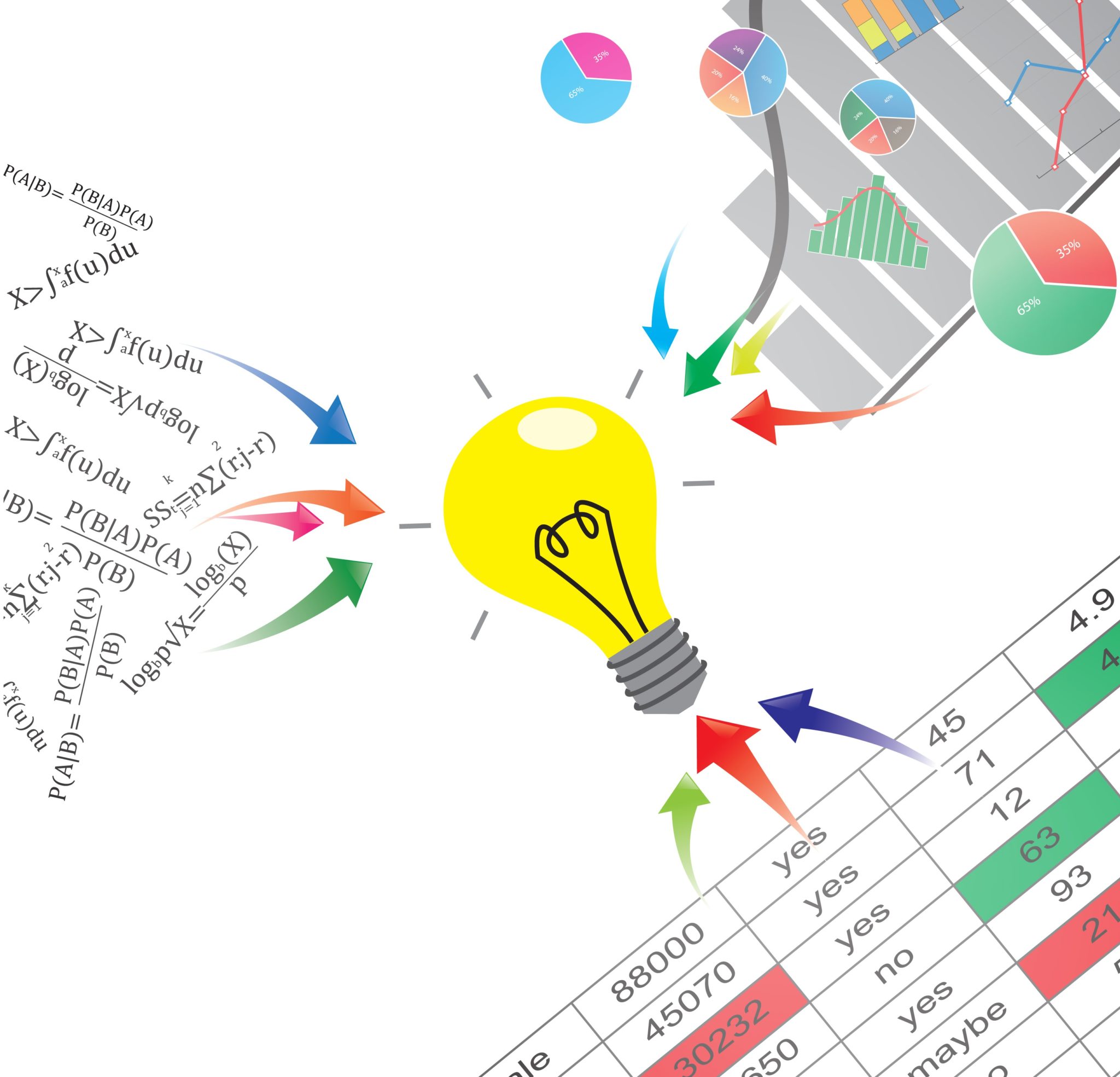Lone Star by the Numbers Part 2
Lone Star by the Numbers Part 2
We are quantitative analysts, so it seems logical to describe the company quantitatively. Over the years, we’ve done several “Lone Star by the Numbers” communications. Here is the second installment of our 2017 update.
1% – this is the historical loss rate for our competitive differentiation clients who follow the findings and recommendations of our Competitive Differentiation (CD) team. The team lives up to its name. They create real competitive advantage in all types of economic competitions. Companies who want to win want Lone Star.
3 – 5% typical forecast accuracy for our production and enterprise projections. Using TruNavigator® (or TruNavTM) our simulations of complex processes provide clients with transparent understanding of their production and maintenance operations.
11 – “The Eleven Questions™” was the original name for our proprietary behavioral economic discovery process based on Prospect Theory. We still call it that, but there are more than eleven now.
15 years – We have been using and refining the core engine in our AnalyticsOSSM and TruNavigatorTM software for a long time and proven its value in hundreds of applications.
19% – the production increase of an onshore oil well that was already optimized by a leading service provider. The estimated time to Return on Investment (ROI) payback was roughly 19 days as well.
20 to 1 – the lowest Return on Analytics (ROA) measured by a client who tracked our effectiveness. We think ROA should mean “return on analytics” and we believe ROA should be BIG – https://lone-star.com/monetizing_iot/
45% – The company’s compound average growth rate since our founding.
50 to 1 – We are achieving a return on analytics (ROA) of over 50 to 1 by improving management of aircraft maintainers assigned by skill sets. One client realized over a 100 to 1 ROA. In all cases, aircraft availability improved while costs went down.
97% – our average customer satisfaction rating across 100’s of client engagements. The average firm is 20 points lower than that. 77% was the average score in 2016, according to the American Customer Satisfaction Index. 77% is the highest national average in years. But it is far below what Lone Star customers expect. Even the best firm in ACSI’s index at 87% is far below the score our customers give Lone Star. Our customers say we are not just a little bit better – we are a lot better. This is borne out by third party research. A competitive intelligence service rates Lone Star far ahead of our competition in every market category we serve, regardless of categorization; whether by industry served (oil and gas, defense and aerospace…), by technology (analytics, IoT…) or any other category.
150 – we saved $150 Million by using a TruNavigatorTM application to model critical replacements for an aging fleet. Balancing cost, maintenance and operations we determined the optimal number of aircraft to achieve maximum flight operations effectiveness at the lowest cost.
500 to 1 – TruNavigator’s advantage in representing complexity over the next best modeling tool. That is measured by the number of objects represented in a model or application. This is a proven advantage in real applications. In test cases, the advantage is much higher. Does anyone really need all this power? Only in rare cases, but it is there if you need it, and the odds are good our tools will handle any given problem with no sweat.
600 – the aircraft fleet size based at five operating bases in a TruNavigatorTM application used to plan flight operations, develop crisis response plans, and transition to new aircraft delivering ROI of over 60 to 1.
1000 to 1 – the compression ratio we often seen in AnaltyicsOSSM for IoT data backhaul. By moving real analytics to the edge, the cost and time required to send meaningful data to the cloud is reduced, while prediction and prescriptive analytics happen much faster (at the edge).
1,000,000,000 – a common number of discreet Monte Carlo events in a Lone Star simulation. Yes, that’s a billion with a “B”. Much larger sets are fairly common, too. Our computational efficiency allows us to do these supercomputer-like models on a low-cost computing engine at the edge for IoT (with AnaltyicsOSSM) or a laptop (for TruPredictTM and TruNavTM)
About a Trillion – dollars that is. The size of the economic decisions our clients have made using our simulations, applications, and services.
About Lone Star Analysis
Lone Star Analysis enables customers to make insightful decisions faster than their competitors. We are a predictive guide bridging the gap between data and action. Prescient insights support confident decisions for customers in Oil & Gas, Transportation & Logistics, Industrial Products & Services, Aerospace & Defense, and the Public Sector.
Lone Star delivers fast time to value supporting customers planning and on-going management needs. Utilizing our TruNavigator® software platform, Lone Star brings proven modeling tools and analysis that improve customers top line, by winning more business, and improve the bottom line, by quickly enabling operational efficiency, cost reduction, and performance improvement. Our trusted AnalyticsOSSM software solutions support our customers’ real-time predictive analytics needs when continuous operational performance optimization, cost minimization, safety improvement, and risk reduction are important.
Headquartered in Dallas, Texas, Lone Star is found on the web at http://www.Lone-Star.com
Lone Star, Lone Star Analysis, TruNavigator, AnalyticsOS, TruPredict, TruNav, Eleven Questions and other marks are Trademarks, Service Marks of Lone Star.

